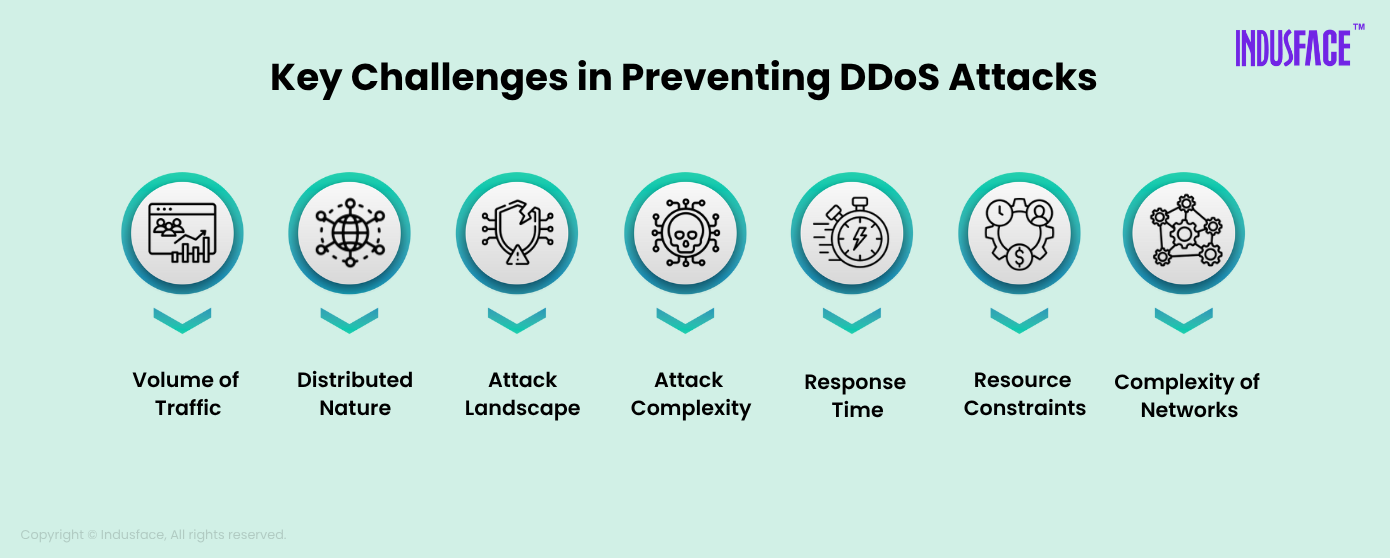In today’s digital landscape, Distributed Denial of Service (DDoS) attacks pose a significant threat to businesses and organizations worldwide. These attacks can cripple websites, steal sensitive information, and cause costly downtime. Recognizing the signs early and implementing robust defense mechanisms are crucial steps in mitigating their impact.
Understanding DDoS Attacks
A DDoS attack occurs when multiple compromised systems flood a targeted server, service, or network with excessive traffic, overwhelming its capacity to respond. Unlike traditional DoS attacks, DDoS involves numerous sources, making it harder to defend against and trace. Cybercriminals often use botnets—networks of infected devices—to orchestrate these attacks.
Identifying DDoS Attacks Quickly
The first step in identifying-and-stopping-ddos-attacks-on-their-tracks is prompt detection. Some common indicators include:
- Unexpected spikes in traffic volume
- Slow website response times or complete outages
- Unusual traffic patterns from specific regions or IP addresses
- Increased server CPU and memory usage
Monitoring tools and real-time analytics can help detect anomalies early. Setting threshold alerts for traffic volumes can also alert your IT team before the attack causes significant damage.
Preventive Measures & Defense Strategies
Prevention is better than cure. Implementing a layered security approach can significantly reduce the risk of successful DDoS attacks:
- Develop a robust firewall configuration: Firewalls can filter and block malicious traffic based on patterns, IP addresses, and other parameters.
- Utilize Intrusion Detection and Prevention Systems (IDPS): These systems analyze network traffic for signs of malicious activity and automatically block suspicious sources.
- Deploy Content Delivery Networks (CDNs): CDNs distribute traffic across multiple servers worldwide, absorbing large attack volumes more effectively.
- Implement redundant network architecture: Redundant pathways and failover systems ensure continued operation during an attack.
- Maintain up-to-date security patches: Regular updates fix vulnerabilities that attackers often exploit.
Responding Effectively During an Attack
If you detect an ongoing DDoS attack, quick and decisive action is essential:
- Activate your incident response plan immediately.
- Work with your Internet Service Provider (ISP) to filter and block malicious traffic.
- Use blocking rules to restrict traffic from suspicious IP ranges.
- Implement rate limiting to control the number of requests from single sources.
- Communicate transparently with stakeholders and customers about the situation and expected resolution times.
Post-Attack Analysis & Strengthening Defenses
Once the attack subsides, conduct a thorough analysis to understand how it occurred and identify gaps. Updating security protocols and enhancing your DDoS mitigation strategies are essential to prevent future incidents.
For a comprehensive guide on identifying-and-stopping-ddos-attacks-on-their-tracks, be sure to explore expert resources and consider investing in professional security services.
Conclusion
Protecting your online assets from DDoS attacks requires vigilance, proactive security measures, and swift response protocols. By understanding the signs, deploying preventive tools, and knowing how to react during an attack, you can safeguard your digital presence effectively. Remember, staying informed and prepared is your best defense against these pervasive threats.
Visit the WatchingHub homepage for more cybersecurity insights and updates to keep your organization secure.

